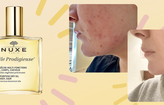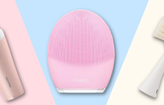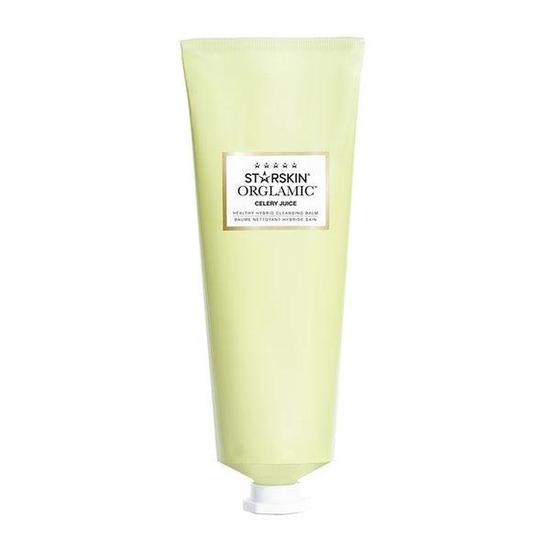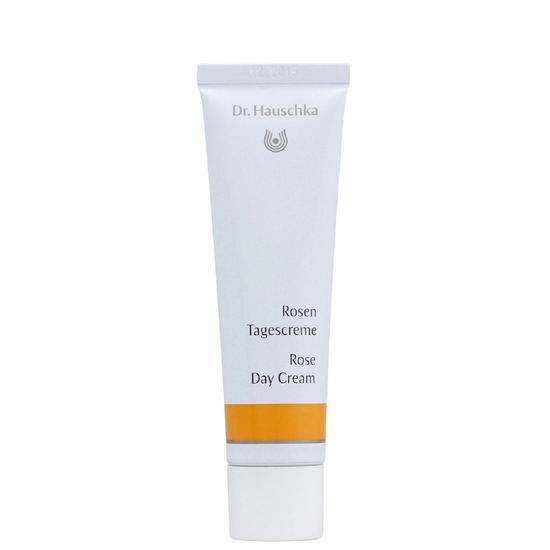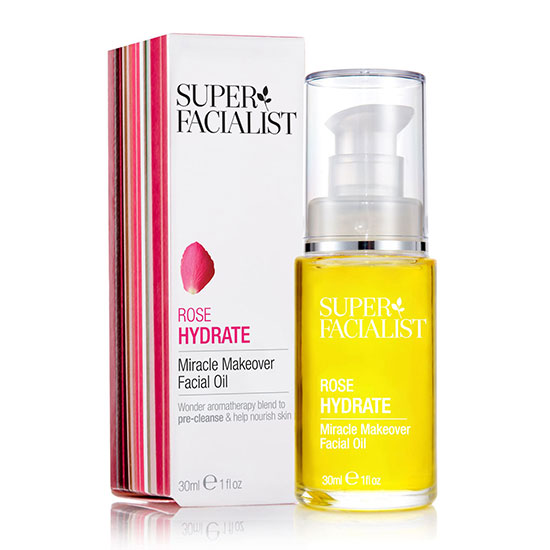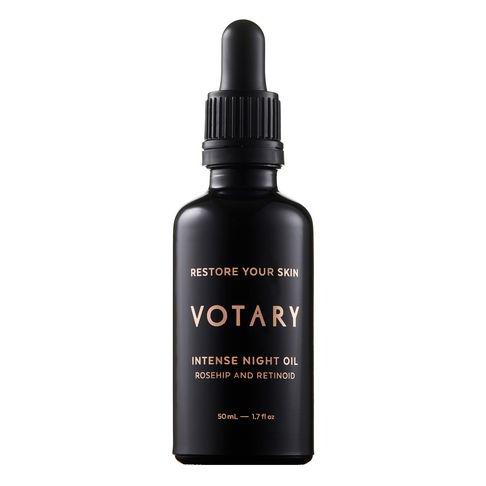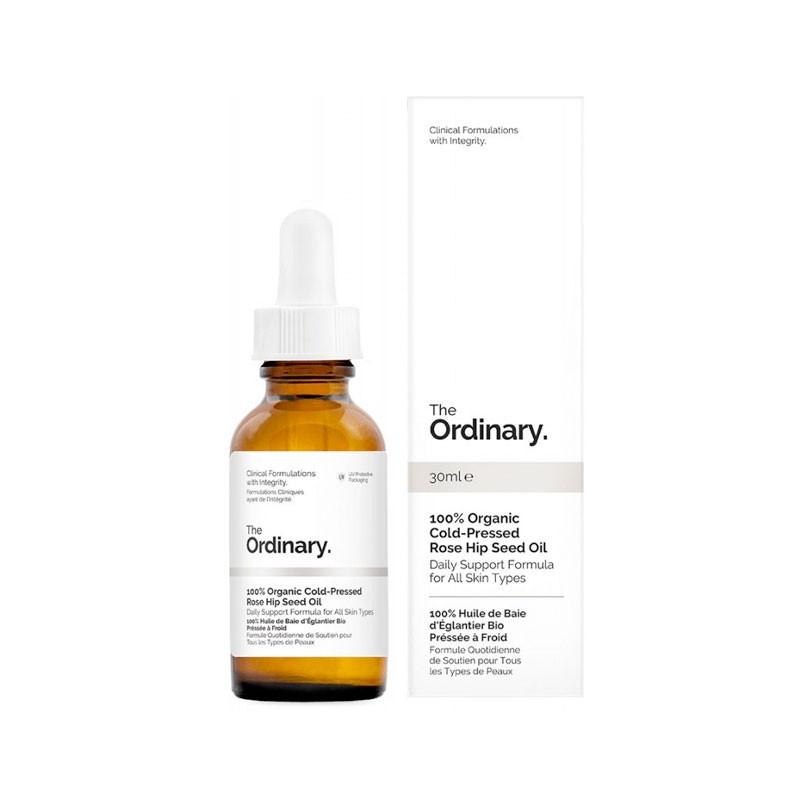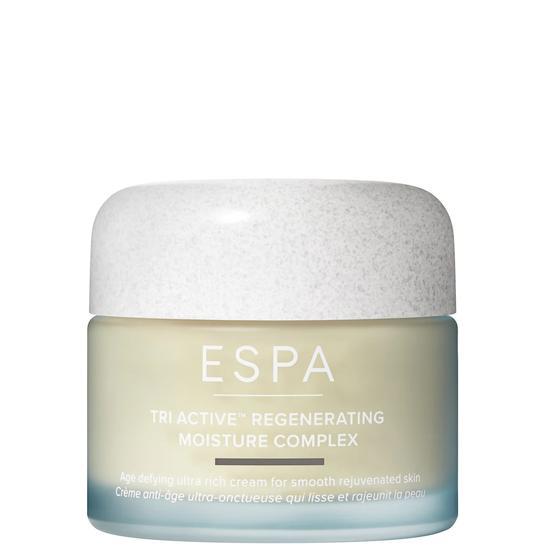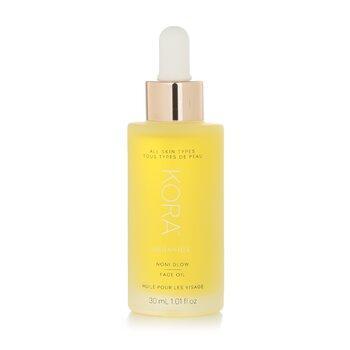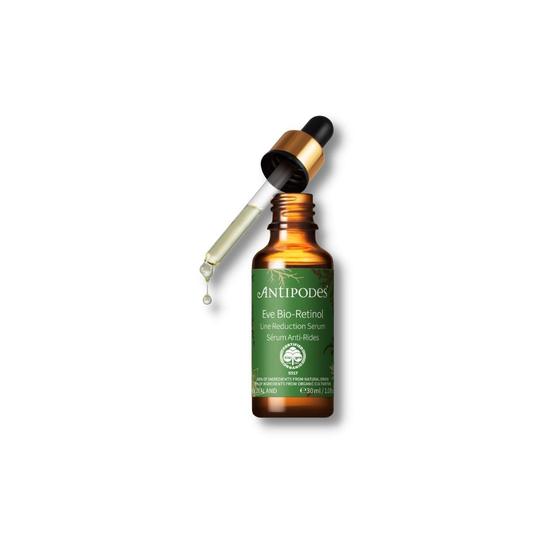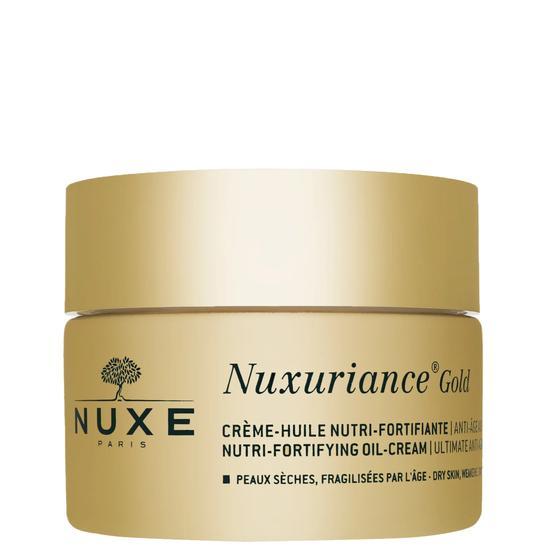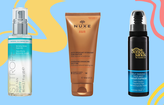
- Skin
- Rosehip Oil With Retinol
Can You Use Rosehip Oil With Retinol?
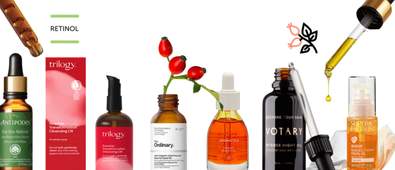
Both retinol and rosehip oil are sources of vitamin A, so you can expect complexion-clearing, smoothing and refining properties from both. Also known as rosehip seed oil, rosehip oil is pressed from rosehip seeds; retinol, on the other hand, is a type of retinoid.
Can You Use Rosehip Oil With Retinol?
Yes—rosehip oil and retinol can be used together to create a more balanced, nourishing skincare routine.
Retinol is a potent ingredient known for its ability to smooth texture, reduce fine lines, and clear breakouts—but it often comes with side effects like dryness, redness, and sensitivity. Rosehip oil, by contrast, is rich in essential fatty acids, vitamins, and antioxidants that help moisturise, repair, and calm the skin.
When paired together, rosehip oil helps counteract retinol’s drying effects, supporting your skin barrier and keeping your complexion soft and supple. This makes the duo especially appealing for those with dry, dehydrated, or sensitive skin types.
Used correctly, rosehip oil doesn’t interfere with retinol’s performance—in fact, it may help your skin tolerate retinol more consistently.
👉 Already know the benefits of each ingredient?
Jump To Routine
What does rosehip oil do for the skin?
Rosehip oil is a plant oil extracted from the seeds and fruit of wild rose bushes. It’s packed with skin-loving nutrients, including omega-3 and omega-6 fatty acids, vitamin A (in the form of beta-carotene), and antioxidants like vitamin E.
Unlike heavier oils, rosehip oil is lightweight, fast-absorbing, and non-comedogenic—making it suitable for many skin types, including oily or breakout-prone.
Key benefits of rosehip oil:
- Deeply nourishes and hydrates: Helps replenish moisture lost from harsh actives or environmental stress
- Soothes inflammation: Calms irritation and redness
- Supports skin repair: Promotes wound healing and reduces the appearance of scars
- Improves tone and texture: Helps fade hyperpigmentation and soften rough patches
- Lightweight and non-clogging: Absorbs easily and won’t congest pores
Best for:
- Dry or dehydrated skin
- Post-inflammatory pigmentation
- Sensitive or reactive skin
- Barrier support after exfoliation or retinol
Rosehip oil can be used once or twice daily, either on its own or mixed with moisturiser.
What does retinol do for the skin?
Retinol is a vitamin A derivative that encourages faster skin cell turnover and boosts collagen production. It’s widely used to treat signs of ageing, acne, texture, and discolouration.
But while powerful, retinol can also be drying and irritating—especially during the first few weeks of use, when many users experience redness, flaking, or a “purging” phase.
That’s where a replenishing, anti-inflammatory oil like rosehip comes in.
Key benefits of retinol:
- Stimulates cell renewal: Smooths rough texture and boosts radiance
- Reduces fine lines and wrinkles: Encourages firmer, plumper skin over time
- Clears congestion: Helps keep pores clean and reduces breakouts
- Fades dark spots: Evens out skin tone from sun damage or acne scars
- Improves long-term skin quality: A cornerstone in age-prevention and acne treatment routines
Best for:
- Acne-prone or ageing skin
- Textural irregularities
- Hyperpigmentation
- Oily or congested complexions
Start low (0.25–0.5%) and increase slowly. Always follow retinol with moisturising steps, especially early on.
Can you use rosehip oil and retinol together?
Yes—and it’s a smart, barrier-friendly pairing.
Rosehip oil does not interfere with how retinol works. In fact, applying an oil after retinol (or mixing it into a moisturiser) can make your routine more tolerable—particularly during those early weeks when your skin is adjusting.
Because rosehip oil contains natural vitamin A derivatives (like beta-carotene and trans-retinoic acid), some worry that combining it with retinol could be too much. But rosehip’s vitamin A content is minimal compared to prescription retinoids, and it doesn’t significantly increase the risk of irritation when used alongside over-the-counter retinol.
Why this combination works:
- Balances the drying effects of retinol: Helps maintain hydration and comfort
- Soothes and calms: Reduces redness, flaking, or tightness
- Supports skin barrier repair: Helps prevent long-term irritation from actives
- Improves consistency: Comfortable skin = more regular retinol use = better results
- Adds antioxidant protection: Helps defend against environmental stressors
Comparing rosehip oil and retinol side-by-side
| Benefit | Rosehip Oil | Retinol |
|---|---|---|
| Primary Function | Nourishing natural oil rich in vitamins A, C, and essential fatty acids to repair and hydrate | Vitamin A derivative that speeds up cell renewal and stimulates collagen |
| Reduces Fine Lines & Wrinkles | ✅ Helps smooth and plump over time | ✅ Clinically proven to reduce wrinkles |
| Boosts Collagen | ⚠️ Supports collagen with vitamin A and antioxidants | ✅ Directly increases collagen production |
| Improves Skin Texture | ✅ Softens and smooths rough skin | ✅ Refines and resurfaces uneven texture |
| Fades Hyperpigmentation | ✅ Gradually evens skin tone | ✅ Strongly effective for dark spots and melasma |
| Hydration & Barrier Support | ✅ Deeply moisturising and barrier-repairing | ⚠️ Can cause dryness or flaking if not paired with moisturiser |
| Antioxidant Protection | ✅ High in vitamins C and E for free radical defence | ✅ Supports antioxidant protection but less than rosehip oil |
| Soothes Irritation | ✅ Calming and nourishing | ⚠️ Can cause irritation or peeling, especially when first used |
| Suitable for Sensitive Skin | ✅ Very gentle and restorative | ⚠️ Introduce slowly and buffer with oils or creams |
| Best Time to Use | AM or PM – seals in moisture after serum | PM only – avoid sunlight exposure |
How to layer rosehip oil and retinol
✅ Option 1: Apply rosehip oil after retinol (recommended)
This layering method locks in moisture and provides soothing benefits without interfering with retinol’s absorption.
Routine:
- Cleanse and pat skin dry
- Apply retinol (pea-sized amount to face)
- Wait 2–5 minutes
- Follow with moisturiser (optional)
- Apply rosehip oil to seal in hydration
Use 2–3 drops of rosehip oil, pressing it gently into the skin rather than rubbing.
✅ Option 2: Mix rosehip oil with your moisturiser
If you’re short on time or want a one-step finish:
- Add 1–2 drops of rosehip oil to your moisturiser and mix in your palm
- Apply as the final step after retinol
This creates an emollient-rich finish that helps reduce trans-epidermal water loss and keeps skin soft overnight.
✅ Option 3: Use rosehip oil on nights you’re not using retinol
If you’re still building up retinol tolerance:
- Use retinol 2–3 times a week in the evening
- On off-nights, use rosehip oil with a barrier-repairing moisturiser
- This alternating method helps your skin recover between retinol applications
Read up on all The Best Retinol Serums For A Revived Complexion, for more retinol related expert advice and picks.

Written by Maria Mukaranda
Maria’s background is rooted primarily in creative media and a love for all things written, expressed through experience both online and in print; for creative platforms spanning from music to fashion to beauty.
Top Posts

